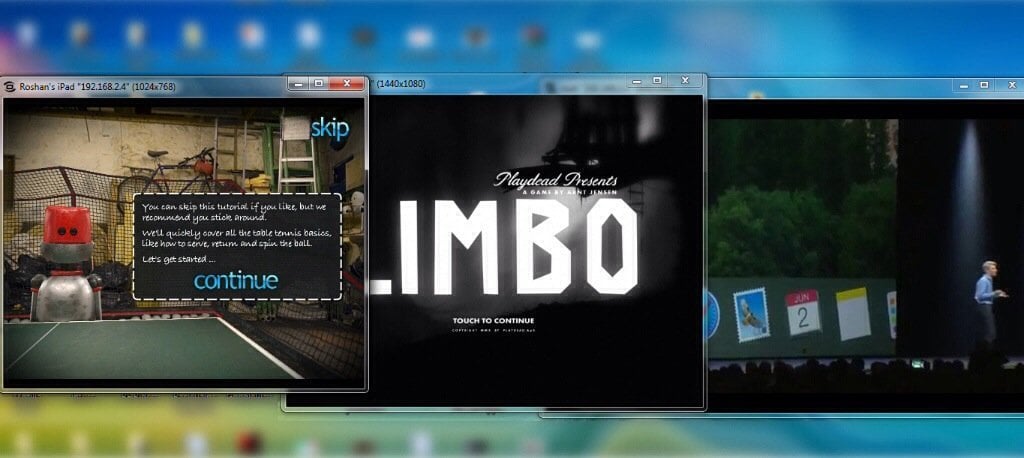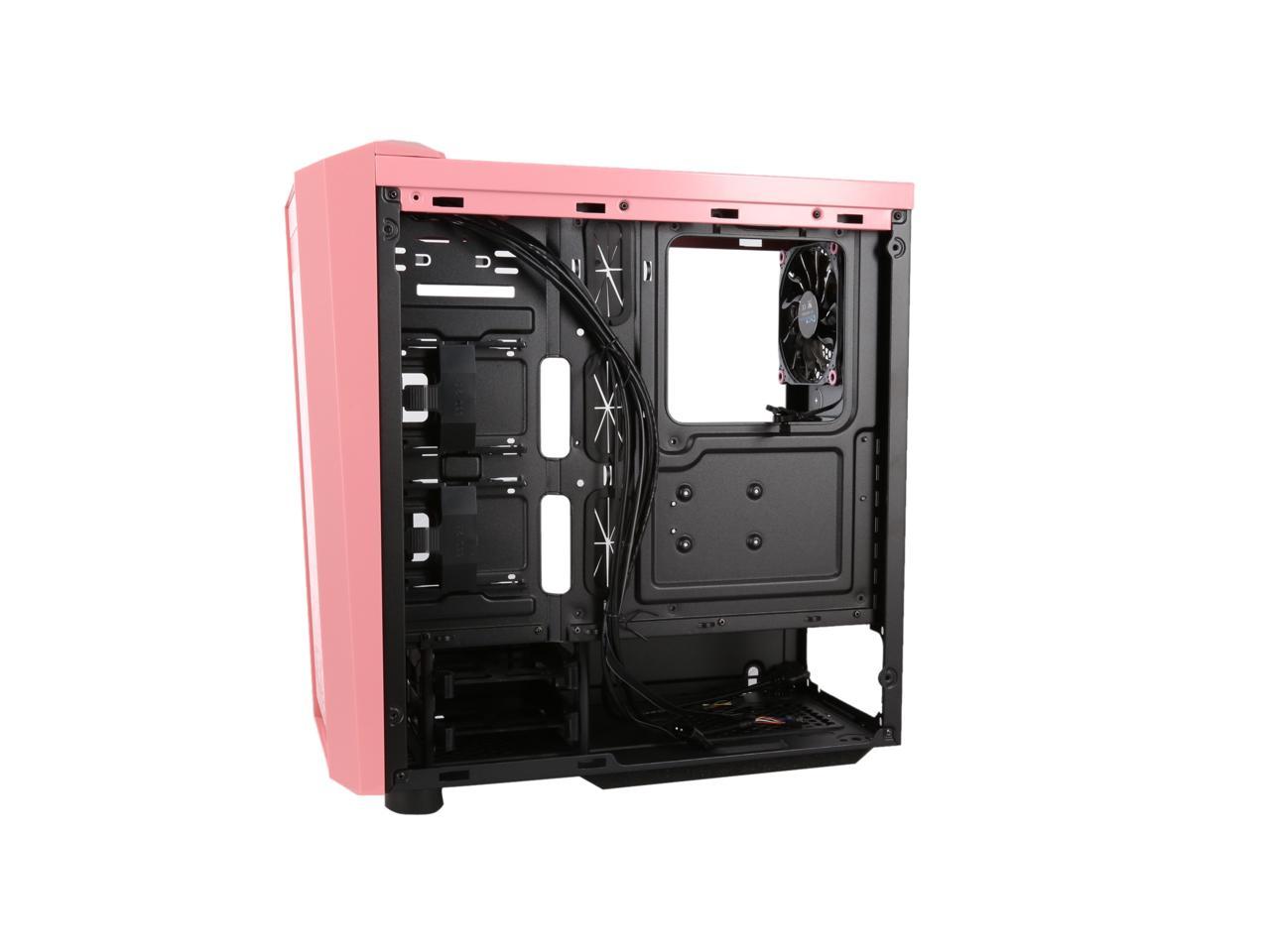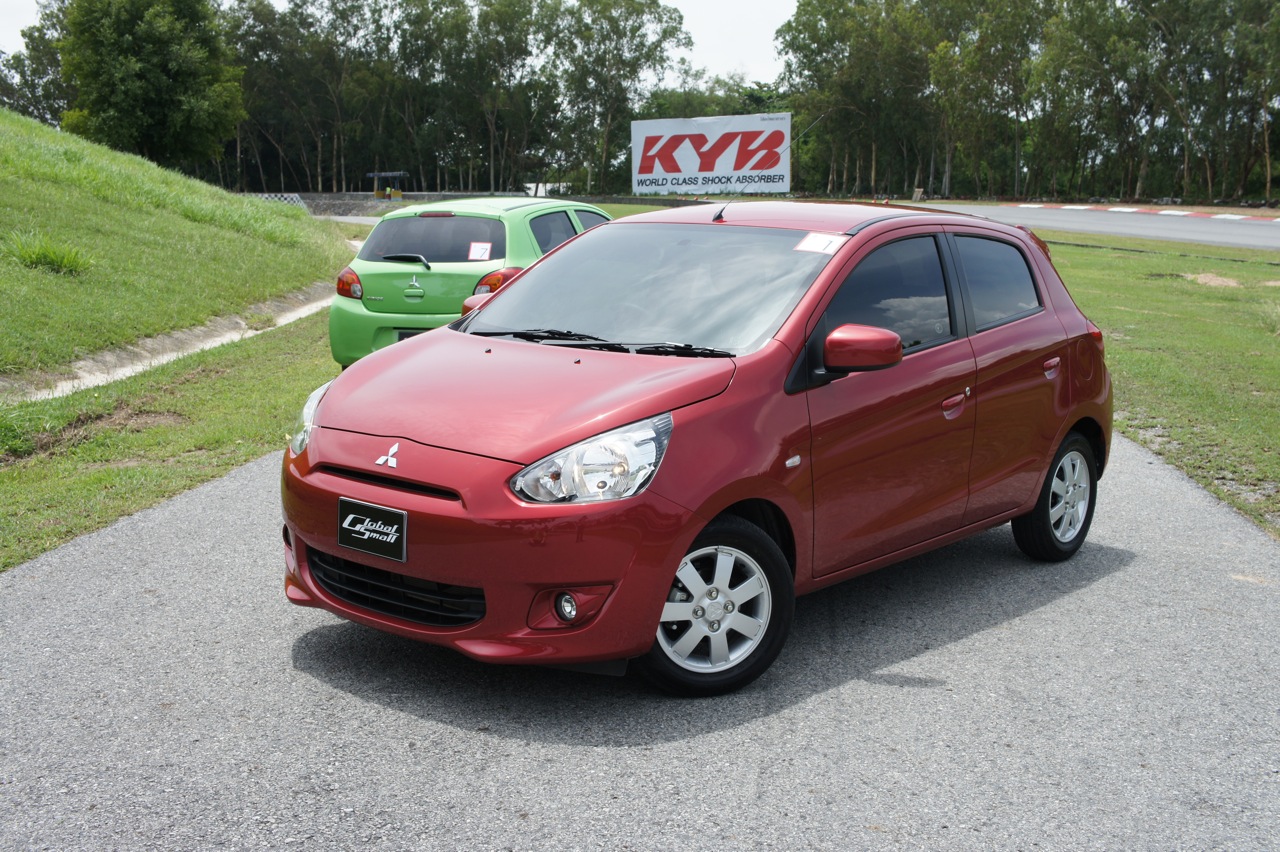


There’s an LED display on the back of the camera to show which mode you’re in. Use the Function button to switch between photo, video, or live (when connected to a Wi-Fi network). To turn it off completely, hold down the power button until the LED light turns off. From sleep mode, it can be turned on immediately with the power button. After that, if you press the power button again (without holding it down), it will go to sleep mode. With the power completely off, the startup takes a while - around 12 seconds. You hold down the power button to turn it on. It has a power button, a shutter button and a Function / mode button (labeled “F”).
X mirage review manual#
The user manual mentions a SIM card slot in the battery compartment although my unit did not have a SIM slot. There’s a little hole for a wrist strap, although a wrist strap is not included. There is a standard 1/4-20 tripod hole in the bottom (thankfully, metal). I found it a little hard to keep the cover tightly closed when I had a Micro SD card inserted. The Mirage has a built-in memory of 16GB, of which around 10GB can be used to store photos and videos. On one side of the camera is a cover for both the Micro SD slot and the USB Type C port. The camera can be used while it is charging.

The battery is charged within the camera by plugging in the camera to a USB power source. The battery cover occupies almost the entire back part of the camera. Although it is very light and is all plastic, I would not say it feels cheap. The Mirage feels very light and is quite compact - like a slightly tall deck of cards. – a fabric pouch with pocket and drawstring – two 2200 mAh Li-ion batteries (model L17D1P34) The Lenovo Mirage package includes the following:

Package contents setup Lenovo Mirage camera unboxing Qualcomm® Snapdragon™ 626 Platform APQ8053 Processor (2.20GHz)Ģ200 mAh Li-ion polymer, removable (2 pcs included) I’ll also provide samples that you can view with a Google Cardboard or other VR headset so you can experience VR180 for yourself.
X mirage review how to#
In this review, I’ll discuss how to use the Lenovo Mirage, from shooting to sharing. Lenovo Mirage is the first Google VR180 camera for consumers (the other one is the Yi Horizon, which is not due until later in 2018). At the same time, by limiting the view to only one stereo pair, VR180 reduces the complexity and cost associated with 3D 360 cameras. Google VR180 cameras promise the ability to capture moments that you can re-live in 3D virtual reality, bringing us closer than ever possible to the experience of being there. You’ve seen thousands of photos and videos from your family and friends, but unless you yourself were there with them, you can only guess what it was like to have been there. May 14, 2018: added more photos and videos Viewing and sharing VR180 photos and videos (May 14, 2018: added more sample photos, including low light sample shots) Lenovo Mirage Camera Review (Google VR180) with sample photos and videos TABLE OF CONTENTS
X mirage review update#
I’ll update this review when editing software become available. Note that as of May 14, 2018, there are no apps yet for editing VR180 photos or videos. Here is a hands-on review of the Mirage, the first Google VR180 camera for consumers, with sample photos and videos. With Lenovo Mirage, you and your family and friends can finally capture and re-live special moments in three dimensional virtual reality. But in my tests, the improvements were marginal.Lenovo Mirage Camera samples and first impressions (Google VR180) Apple executives described the iPhone 13 cameras as “dramatically more powerful” and the iPhone’s “most advanced” ever, largely because they can capture more light and reduce noise. Innovations on smartphone cameras also appear to be slowing. (For context, in 2015, the iPhone 6S was more than 70 percent faster than its predecessor, the iPhone 6.) Its flashiest new feature, a higher screen “refresh rate” on the $1,000-plus models, makes motion look smoother when opening apps and scrolling through text - hardly a game changer. The newest iPhone is just 10 percent faster than last year’s models. That’s especially the case with Apple’s iPhone 13, which may be the most incremental update ever to the iPhone. The problem with so much great innovation is that upgrades are now so iterative that it has become difficult to know what to write about them each year. The truth is that smartphones peaked a few years ago.Īfter so many advances, the miniature computers have reached incredible speeds, their screens have become bigger and brighter, and their cameras produce images that make amateur photographers look like wizards.


 0 kommentar(er)
0 kommentar(er)
